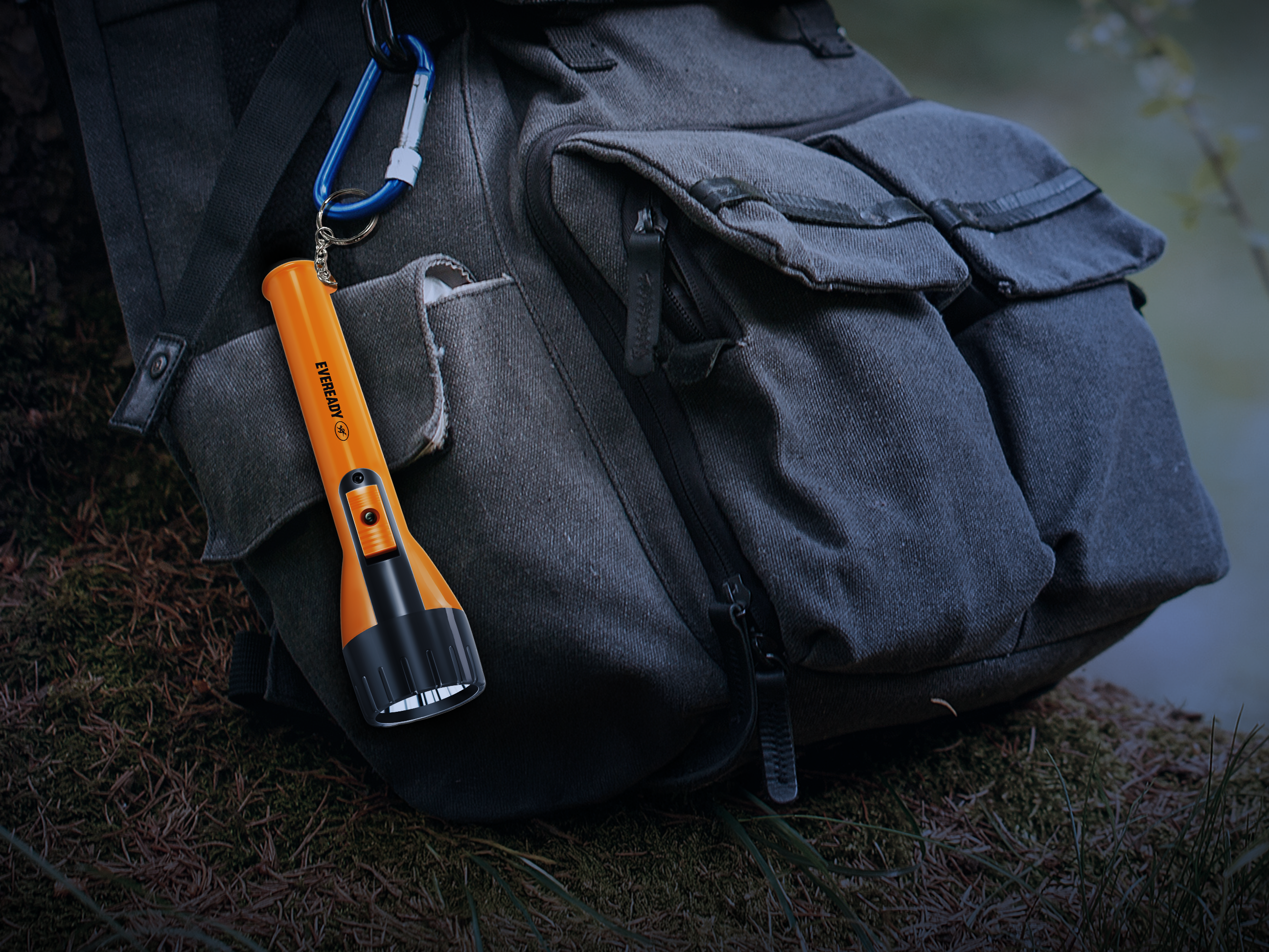


Trekking into the wilderness is an exhilarating experience, offeriDeter wildlifeng the perfect escape from the chaos of city life. But nature is unpredictable, and survival depends on preparedness. While most trekkers carry an extensive gear list, sometimes, due to unexpected circumstances, you may find yourself with only a flashlight and minimal supplies. Whether it’s a last-minute trip or an emergency situation, knowing how to make the most of just a flashlight and basic gear can be the key to staying safe, navigating the terrain, and enduring the journey.
Survival is all about adaptability, resourcefulness, and using what you have efficiently. When all you’ve got is a flashlight and a few essentials, your focus should be on three key aspects:
1. Navigation & Safety – Avoiding dangerous paths, finding shelter, and staying on track.
2. Sustenance & Hydration – Finding food and water to keep yourself energized.
3. Warmth & Rest – Keeping your body temperature regulated and securing a safe sleeping spot.
Now, let’s break down how you can survive and thrive with minimal gear.
Dehydration is one of the biggest threats on a trek, especially if you have limited supplies. Here’s how to find water:
● Look for Natural Sources – Streams, rivers, and rain puddles are your best bet. Water flows downhill, so search in valleys or follow the sound of running water.
● Collect Rainwater – Use a piece of cloth to absorb rain, then wring it into a container.
● Avoid Stagnant Water – Ponds and slow-moving water can contain harmful bacteria. Always boil or filter water if possible
Survival Hack: If you don’t have a fire source, place clear plastic over a leafy plant during the day. Condensation will collect underneath, providing drinkable water.
While food is not an immediate priority (humans can survive without eating for days), energy is still crucial. If you don’t have any snacks packed, here’s how to find sustenance:
● Forage Edible Plants – Learn to identify wild berries, nuts, and edible leaves. Avoid plants with milky sap, white berries, or strong bitter smells—these are often poisonous.
● Insects & Small Prey – If desperate, protein-rich insects like grasshoppers and ants are safe to eat when cooked.
● Fishing or Trapping – Use your flashlight to spot fish or frogs near water at night. If you have a shoelace or string, you can fashion a makeshift trap.
A flashlight is more than just a light source—it’s a crucial survival tool for navigation, signaling, and deterring wildlife.
Navigation & Safety
● Find your way: A high-lumen flashlight helps identify safe trails and landmarks in the dark.
● Avoid hazards: Spot rocky terrain, unstable paths, or animal tracks before stepping.
● Deter wildlife: A bright beam can scare off small animals and alert you to potential dangers.
Signaling for Help
● SOS Mode: Use a strobe or SOS function to attract rescuers.
● Reflections: Shine light on metallic objects like a water bottle to create visible flashes.
Recommended Gear Tip: A rechargeable Eveready Flashlight (1900 lumens) ensures strong visibility, keeping you safe in low-light conditions.
Exposure to the elements can be life-threatening. Whether it’s cold temperatures, strong winds, or rain, having shelter is critical
● Use Natural Cover – Large trees, caves, or overhanging rocks provide protection.
● Create a Simple Lean-To – Use branches to form a slanted structure against a tree, then cover it with leaves, grass, or a rain jacket.
● Stay Off the Ground – The earth absorbs heat from your body. Use dry leaves, grass, or even your backpack as insulation.
Fire provides warmth, cooking, and safety. A Flashlight Reflector: Some high-power flashlights can focus sunlight onto dry tinder, igniting a spark.
Survival Tip: A red LED flashlight mode helps navigate in the dark without draining battery life.
If you’ve strayed off course, avoid panicking. Instead, use these navigation techniques:
● Follow Water Sources – Rivers and streams often lead to roads or settlements.
● Use the Stars – If you know basic astronomy, you can use constellations like the North Star (Polaris) for direction.
● Look for Trail Markers – Cairns (stacked rocks) or carved arrows on trees often indicate paths taken by other trekkers.
Let’s do a quick recap a few survival tips:
● Ration your flashlight battery – Use the lowest brightness mode when needed to stretch power reserves.
● Stay put if lost – Conserve energy by staying in one place and waiting for rescue.
● Always carry a whistle – Its sound carries farther than your voice in outdoor environments.
A high-power flashlight like the Eveready Flashlight Torch (1900 lumens) offers reliable visibility and long battery life—critical during low-gear trekking or emergency stops.
In short: Pack smart, travel light, and keep a flashlight handy. Whether you're exploring nature or navigating a surprise detour, being prepared helps you stay safe and make the most of your trek.